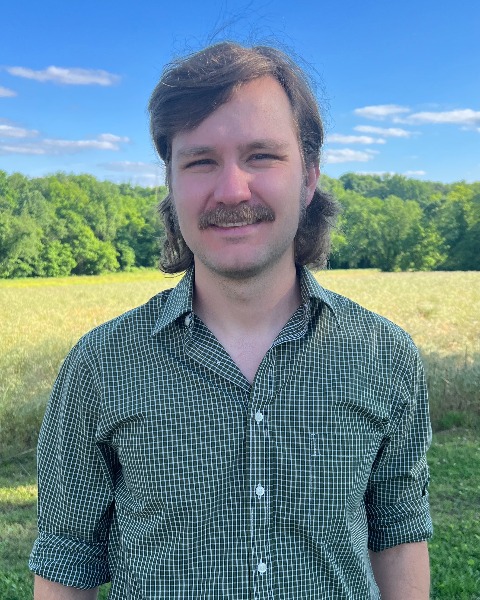Member Symposium
Downed Logs as a Bridge: Connecting Subdisciplines and Geographic Regions with Saproxylic Insects
Forest age drives saproxylic beetle biodiversity in the southeastern United States
Wednesday, November 8, 2023
4:05 PM - 4:25 PM ET
Location: Gaylord National Resort & Convention Center, National Harbor 12

Clayton Traylor (he/him/his)
Graduate Research Assistant
University of Georgia
Athens, Georgia- JM
Joseph McHugh
University of Georgia
Athens, Georgia - MU
Michael D. Ulyshen
Research Entomologist
USDA
Athens, Georgia
Presenting Author(s)
Co-Author(s)
Co-author(s)
Old forests are valuable for biodiversity conservation because they provide uninterrupted forest cover over time and late-successional habitat, promoting low-mobility and late-successional species. However, forest age may be less important in highly forested landscapes because dispersal limitation is reduced. We investigated how species richness and community composition of saproxylic beetles (Coleoptera) are influenced by forest age and the surrounding landscape in the southeastern United States (Georgia). Forests in this region are highly fragmented and dominated by early-successional stands. We sampled beetles in 20 old forests (mature in 1938) and 20 young forests (originating after 1938), located along a landscape forest cover (LFC) gradient. Old and young forests were structurally similar but tree communities differed along a Quercus (old) to Pinus (young) gradient. Regional diversity of saproxylic beetles was higher in old forests, and high species turnover between forest age groups suggests they both help to maintain regional biodiversity. Two models of local richness had near equal merit: one showed higher richness in old forests regardless of LFC, while the other showed higher richness in old forests at high LFC. Contrary to expectations, neither model supports old forests losing importance in highly forested landscapes. Higher richness in old forests is likely due to temporal stability and late-successional habitat, promoting low-mobility and specialist species. Because the land area of young forests exceeds that of old forests, old forests are disproportionately important for saproxylic biodiversity in the region.

.png)
